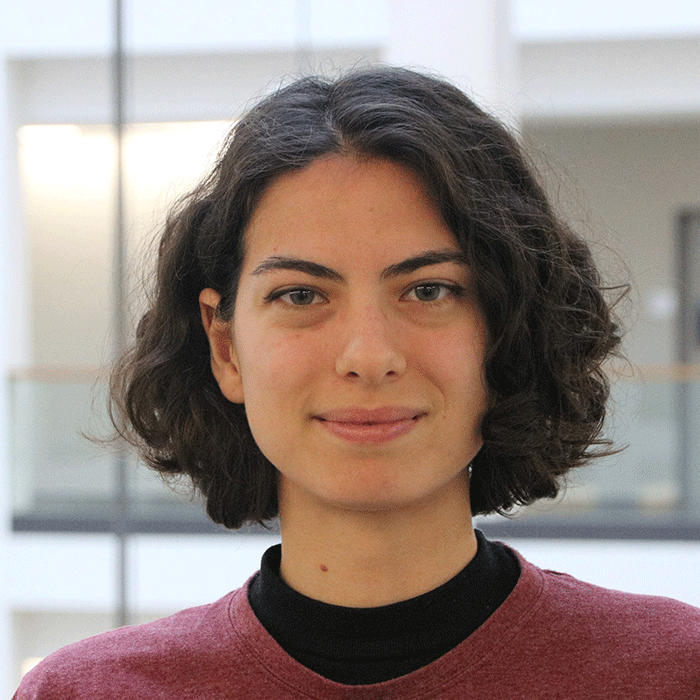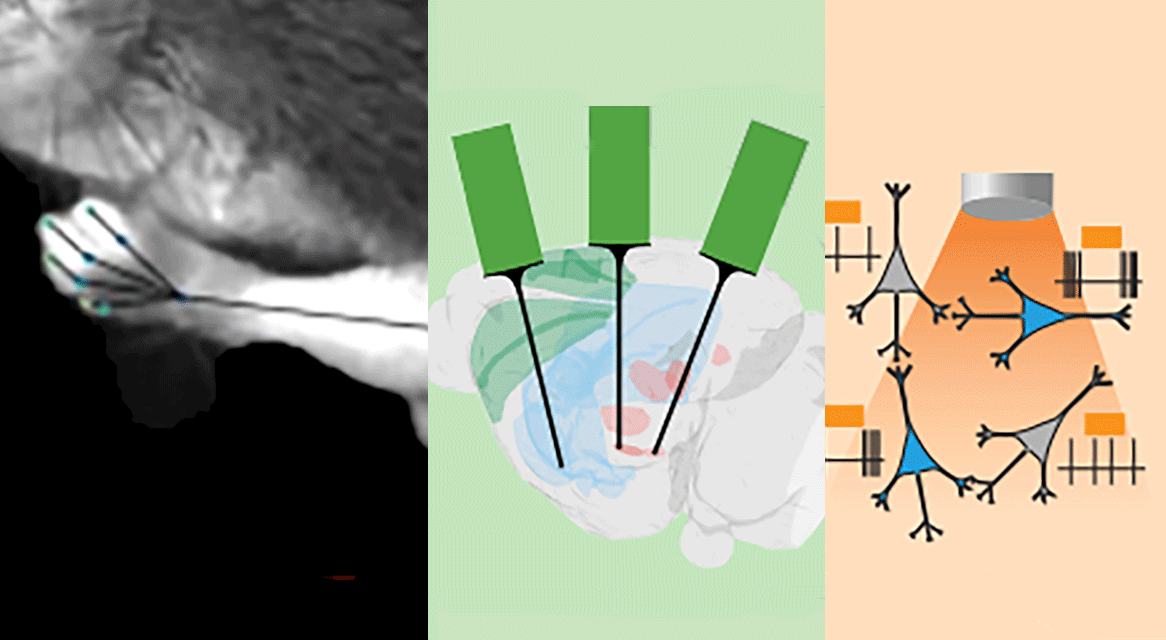Our goal is to understand and modulate movement-related neural dynamics at the neuronal level. Using state-of-the-art Neuropixels probes, we will simultaneously record hundreds of neurons in the cortex and basal ganglia of awake behaving mice.
Combining these large-scale recordings with pathway-specific optogenetics and electrical stimulation in PD mouse models, we will elucidate how Parkinson’s disease affects distributed neural dynamics and identify mechanisms of deep brain stimulation.
Cross-species analysis of oscillatory dynamics will facilitate the translation of our findings to humans. By identifying the therapeutically relevant neural dynamics for improving motor deficits, this project will pave the way towards more sophisticated neuromodulation therapies of PD patients.
Team
-

Dr. Yangfan Peng
Charité – Universitätsmedizin Berlin
Early Career Committee Member, Project Leader
-

Prof. Philip Tovote
Universitätsklinikum Würzburg
Steering Committee Member, Project Leader
-

Prof. Julian Neumann
Charité – Universitätsmedizin Berlin
Steering Committee and Equal Opportunity Committee Member, Project Leader
-

Öykü Okur
Charité – Universitätsmedizin Berlin
PhD Student
-

Miguel Cruz
Charité – Universitätsmedizin Berlin
PhD Student
-

Shengyuan Cai
Charité – Universitätsmedizin Berlin
PhD Student
-

Prof. Jörg Geiger
Charité – Universitätsmedizin Berlin
A04 Alumnus Project Leader
-

Shiva Mahdian
Charité – Universitätsmedizin Berlin
A04 Alumna











